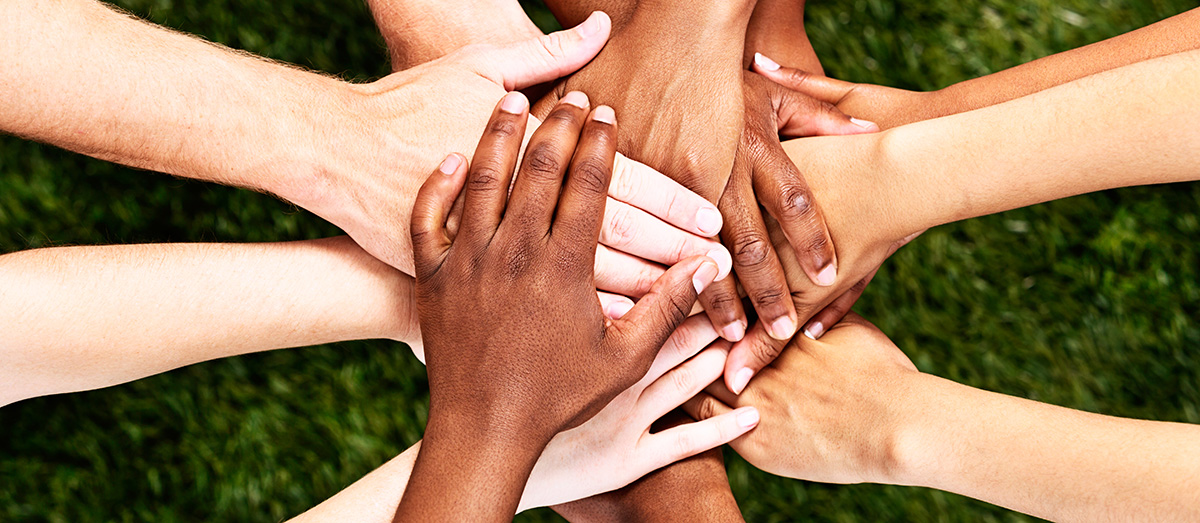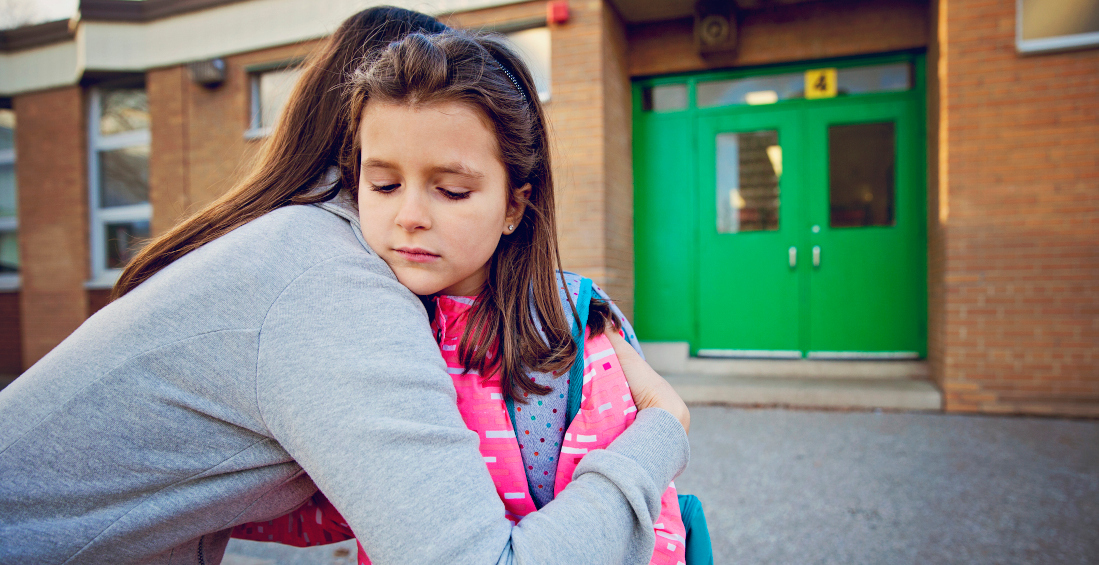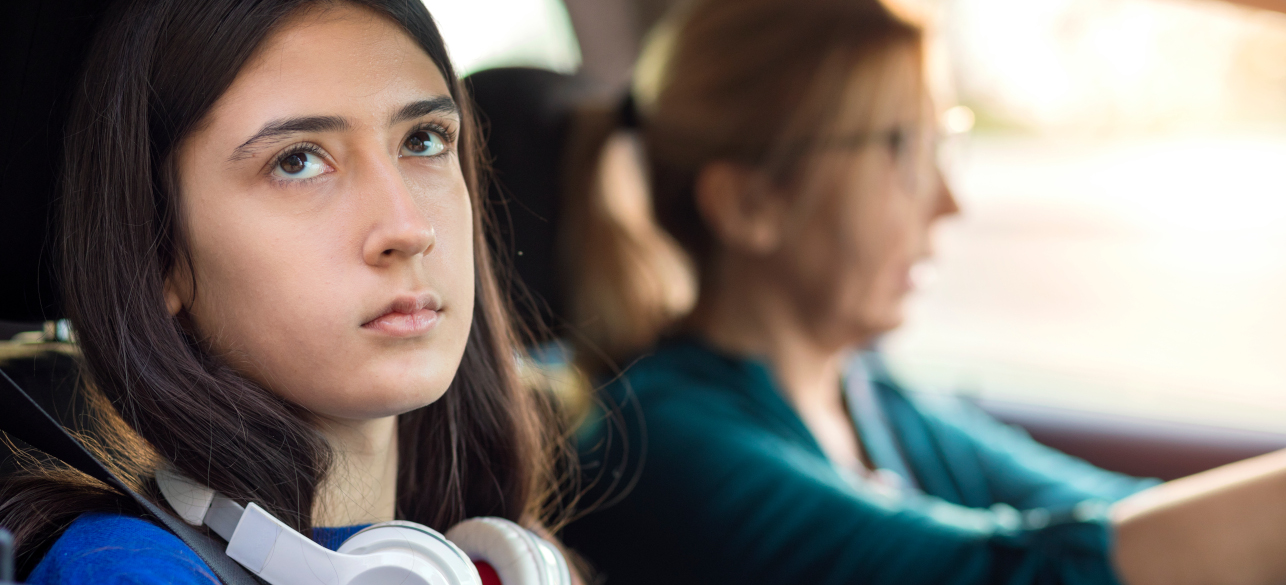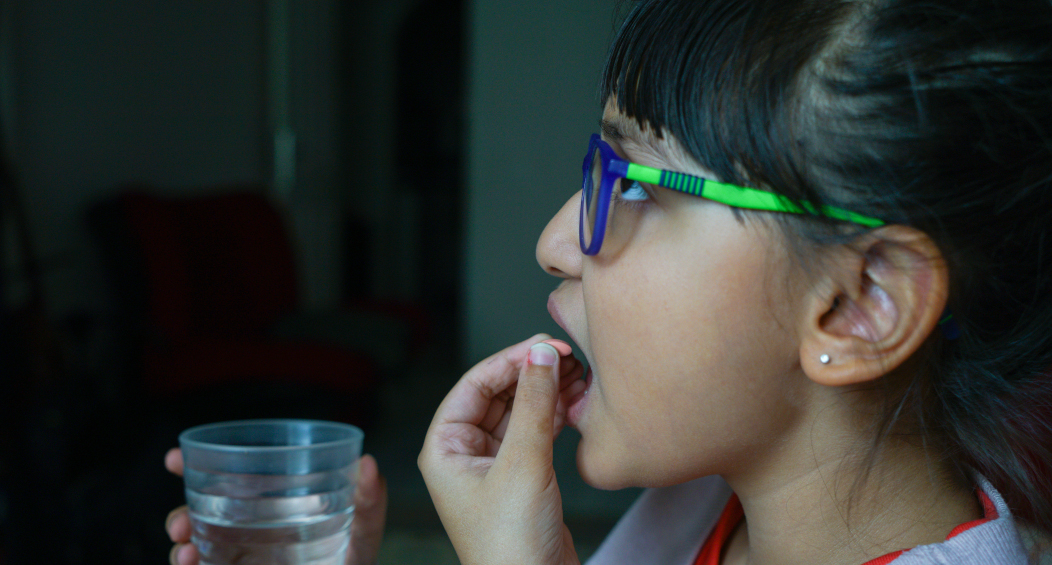Issues of racism that plague our society have been brought to the world stage in response to recent events. With racial unrest at its peak, it is important for parents and caregivers to provide nurturing support and guidance for kids as the nation confronts racial injustice and moves toward systemic change, reconciliation, and healing.
It is never too early to start talking about racial diversity and racism with kids. Discussions about race and racism begin early and are ongoing in many diverse families and communities. This is because many children of color become aware of adverse racial experiences at the preschool age. The conversation about race can easily be done at any age that a child first begins to notice that there are physical differences among people. Children can begin to notice these differences as early as 6 months of age and may start talking about skin color between 2 and 3 years of age. Taking the stance that “diversity is good” will help a child develop an appreciation for racial differences.
Conversation about racism can be a lot more challenging. Caregivers may find themselves struggling with how to approach this complex topic with their kids and many people avoid these topics because of fear, guilt, and discomfort. Although the conversation about racism may look different depending on a child’s age and unique family make-up, the important thing is that the conversation be honest, meaningful, and ongoing.
How to Prepare for the Conversation about Racism
- Build confidence through education. Talking about racism is not always easy and we are more likely to avoid things that make us feel uncomfortable. Assess your comfort level and seek out information from reliable resources (see below) to increase your confidence in approaching the conversation.
- Identify any biases or stereotypes you may hold and where those originated (e.g., family of origin, political orientation, personal life experiences).
- Make a commitment to challenge biases or stereotypes through perspective taking (i.e., imagine yourself having the same experience as another person)
- It is OK not to have all the answers. Allow your child to see that you are open and willing to engage in the learning process together.
Talking to Younger Children (8 and under)
- Highlight and celebrate differences. Help your child learn about different skin tones and ethnic backgrounds through play experiences with multicultural toys, games, and other play activities.
- Cultivate acceptance and appreciation for diversity. For example, when your child asks or remarks about skin tone, you could reply, “yes, her skin is brown and that is different from you and me, but I like that color too”.
- Use specific and concrete language when defining racism and injustice that is easy for young children to understand (i.e., “white people mistreating black people because of the color of their skin color is wrong and unfair”).
- Use supporting materials such as children’s books to introduce the concepts of race and racism and keep the conversation going.
- Take the stance of being curious and enthusiastic, and provide more complex information as your child matures.
Talking to Older Children (9+ years of age)
- Talk about the prospect of being different and allow your child or teen to talk about their observations or experiences with race and racism.
- Talk about moments in history of racial injustice (e.g., slavery, Jim Crow laws, the Civil Rights movement). Give the facts and be specific, but be mindful of your child’s developmental age. Note: If your child has knowledge of specific acts of violence or traumatic events, we suggest these Tips for Talking to Kids about Violence in the News.
- Discuss the history of the Ku Klux Klan (KKK) and how this organization terrorized and promoted violence against African Americans and other minority groups whom they believed to be inferior (White Supremacy). Explain that this group still exists today. For younger children, avoid talking about acts of violence (i.e., lynchings) that could make them feel afraid.
- Explain why the “N-word” and other racial slurs are offensive.
- Explain the concept of white privilege in language that your child can understand. Talk about how this has influenced your family’s life circumstances and how this may impact others.
- Highlight the fact that racism and racial injustice still exists today and give examples (e.g., health, housing, and income disparities, stereotypes, racial profiling, police brutality, under-representation in certain career fields).
- Protect your child or teen from overexposure to media. Videos of police involved killings, rioting, and other violence can be easily accessed via internet search or social media. This can be vicariously traumatic, so be sure to filter the type of media that your kids have access to.
Ways Your Family Can Help Take Action Against Racism
- Increase education through reading, watching documentaries, and engaging with diverse people.
- Keep the conversation going. Let your child know that the conversation about race and racism is never inappropriate or off limits.
- Develop a family core values statement which can be displayed in the home. This statement can describe your family’s commitment to diversity, inclusion, respect, and equity.
- Practice perspective taking whenever possible. This helps children develop empathy and concern for others which can lead to a greater appreciation and acceptance of differences.
- Model inclusion and appreciation for diversity. Allow your child to see you interacting with people of different races and ethnicities. Attend multicultural events and seek out opportunities for your child to experience diversity in their play experiences and extracurricular activities.
- Lead by example. Challenge stereotypes and speak up when talking to people in your life who make ignorant or racist comments.
- Get involved. Many families are using social media as a way to engage with the movement against racism. Others are engaging in peaceful protests or advocating for change in other ways.
Editor’s note: This blog post is the first in a series posts offered by a collaborative panel of experts within our division of Behavioral Medicine and Clinical Psychology. We will continue to provide education about race and racism, as well as helpful tools to use when tackling this tough issue with kids.
Reliable Online Resources:
- www.apa.org/res/parent-resources/index
- www.theconsciouskid.org/about
- https://www.pbs.org/parents/talking-about-racism
- https://www.pbs.org/parents/thrive/childrens-books-about-race-and-diversity
- https://www.ahaparenting.com/ask-the-doctor-1/talking-with-children-about-racism-police-brutality-and-protests
- https://www.healthychildren.org/English/healthy-living/emotional-wellness/Building-Resilience/Pages/Talking-to-Children-About-Racial-Bias.aspx
Articles and Books:
- Alexander, Michelle. The New Jim Crow.New York: The New Press, 2012.
- Derman-Sparks, Louise, and Patricia Ramsay. What If All the Kids Are White? Anti-Bias Multicultural Education with Young Children and Families.New York: Teachers College Press, 2006.
- Genishi, Celia, and A. Lin Goodwin. Diversities in Early Childhood Education: Rethinking and Doing.New York: Teacher College Press, 2008.
- Irving, Debbie. Waking Up White in the Story of my Race.Chicago: Elephant Room Press, 2014.
- Lee, Enid, Deborah Menkart and Margo Okazawa-Rey, eds. Beyond Heroes and Holidays: A Practical Guide to K-12 Anti-Racist, Multicultural Education, and Staff Development. Washington, DC: Network of Educators on the Americas [NECA], 1998.
- Loewen, James W. Lies My Teacher Told Me: Everything Your American History Textbook Got Wrong.The New Press, 2013.
- McIntosh, P. (2003). White privilege: Unpacking the invisible knapsack. In S. Plous (Ed.), Understanding prejudice and discrimination (p. 191–196). McGraw-Hill.
- Steele, Claude M. Whistling Vivaldi: How Stereotypes Affect Us and What We Can Do. New York: W. W Norton & Company, 2010.
- Tatum, B. D. “Why Are All the Black Kids Sitting Together in the Cafeteria?” and Other Conversations About Race. New York: Harper/Collins. 1997.
- Tatum, B.D. “Can We Talk About Race?” and Other Conversations in an Era of School Resegregation. New York: Beacon Press, 2007.
- Van Ausdale, D. & Feagin, J.R. The First R: How Children Learn Race and Racism.Lanham, MD: Rowman & Littlefield. 2001.






